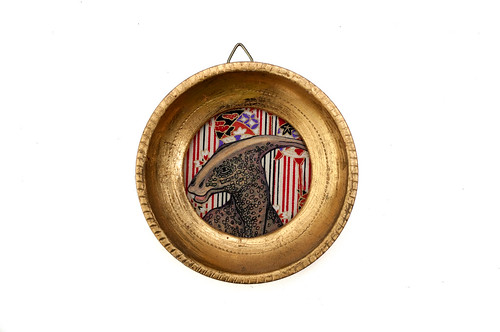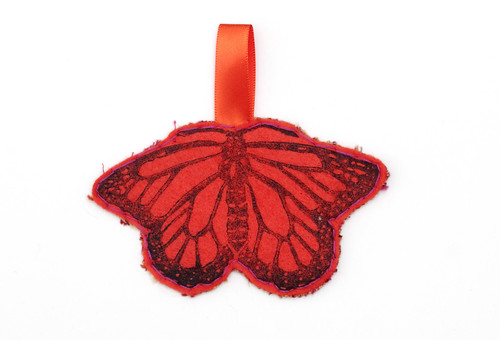 o, I was a little
o, I was a little The Bohr-Einstein Debates, With Puppets from Chad Orzel on Vimeo.
(via Science Blogs)
*I went and quoted Rutherford, after all. He went around saying things like, "Physics is the only real science. The rest are just stamp collecting," which is not a good way to make friends in other disciplines.





























 {image: painting by Tamara de Lempicka}
{image: painting by Tamara de Lempicka}



















